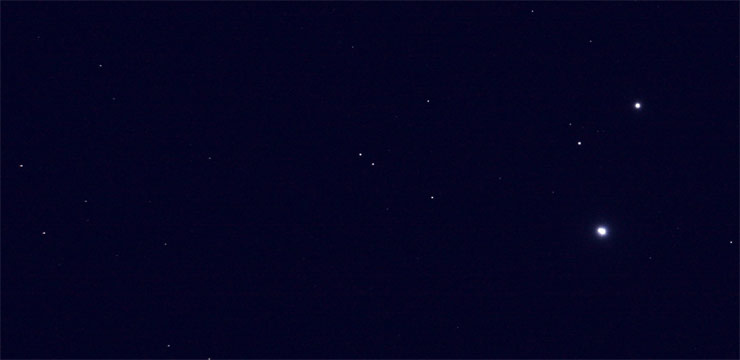The Sky in August
Meteor Shower
Perseids
Peaks August 11-14August Contellations & Folklore
By Francine JacksonObserving Projects for August
A Selection of Double Stars in Corona Borealis
: By Glenn ChapleSummer Double Stars
: By Nan D'AntuonoSome Bright Summer Double Stars
: By Glenn Chaple
A Selection of Double Stars in Boötes
: By Glenn ChapleA Selection of Double Stars in Scorpius
: By Glenn ChapleA Selection of Double Stars in Draco
: By Glenn Chaple




